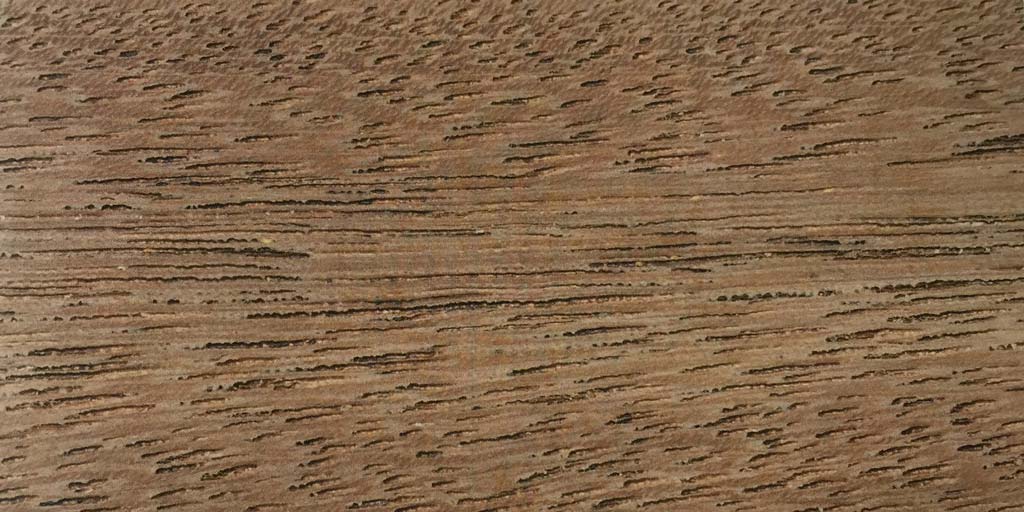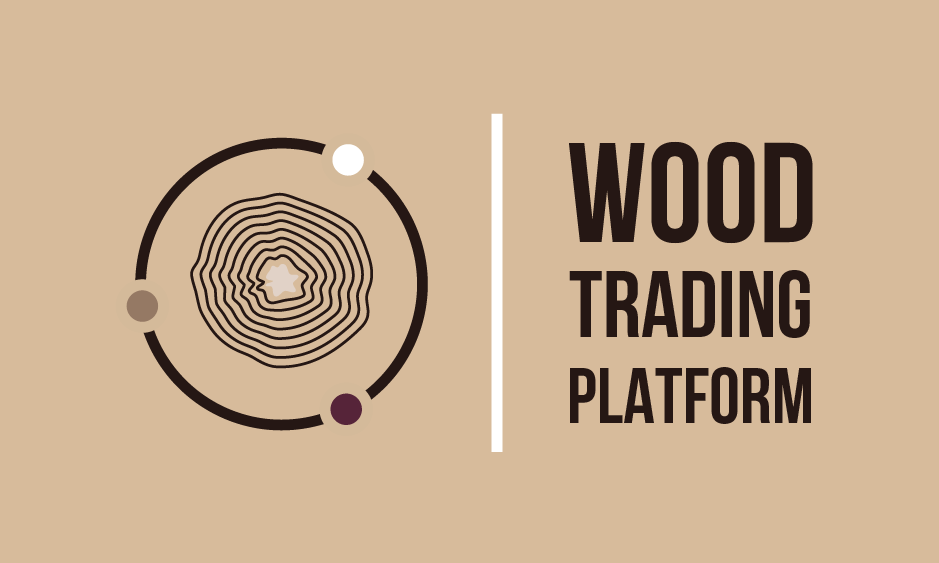
Countries of origin and local name
Ghana: Dahoma
Nigeria: Agboin, Ekhimi
Cameroon: Atui, Bokombolo
D.R. of the Congo: Banzu, Bokundu, Singa
Germany: African oak
Habitat
Afrormosia is a rare tree species found in West and Central Africa, including the countries of Ivory Coast, Nigeria, Ghana, Cameroon, and the Congo states. The tree grows primarily in groups.
Tree description
Afrormosia is a large tree reaching heights of 30-50 m (98-164 ft). The straight and cylindrical trunk is 60-160 cm (2-5 ft) in diameter, and is clear of branches for up to 30 m (98 ft). The scale-like bark is fibrous with strong red marks.
Wood description
The sapwood, about 3 cm (1.2 in) thick, is a lightly-colored mixture of white, green, and yellow. The core wood is greenish-brown with a silky luster and often displays greenish-red stripes. Pores may be filled with tannin, which can form calcium marks.
| DURABILITY CLASS | II |
| RAW DENSITY | 0.70 g/cm3 |
| BENDING STRENGTH | 110 N/mm2 |
| COMPRESSION strength | 58 N/mm2 |
| E-Module | 13,000 N/mm2 |
| Volume dwindle | 12.4 % |
| Radial shrinkage | 4.2 % |
| Tangential shrinkage | 8.5 % |
Property and application
Dabema is a solid, medium-hard wood that can serve as an excellent general replacement for oak. It is well-suited for solid-wood uses such as bridge and building construction. Dabema is easily well-steamed, making is useful for processing as plywood. Boards should be treated with undiluted oxalic acid, since a strong ammonia smell emanates from this wood.
How to use it
Very Good
Construction wood, Ship, rail & truck building
Good
Plywood
Usable
Not Good
Furniture, Flooring, Walls, decking, Paneling, Intarsia works, Cabinetmaking, Rotary cut veneer, Flat sawn veneer, Musical instrument, Doors, Modeling, Staircases, Weapons industry, Window frames, Laboratory furniture & fittings, Blind veneer
